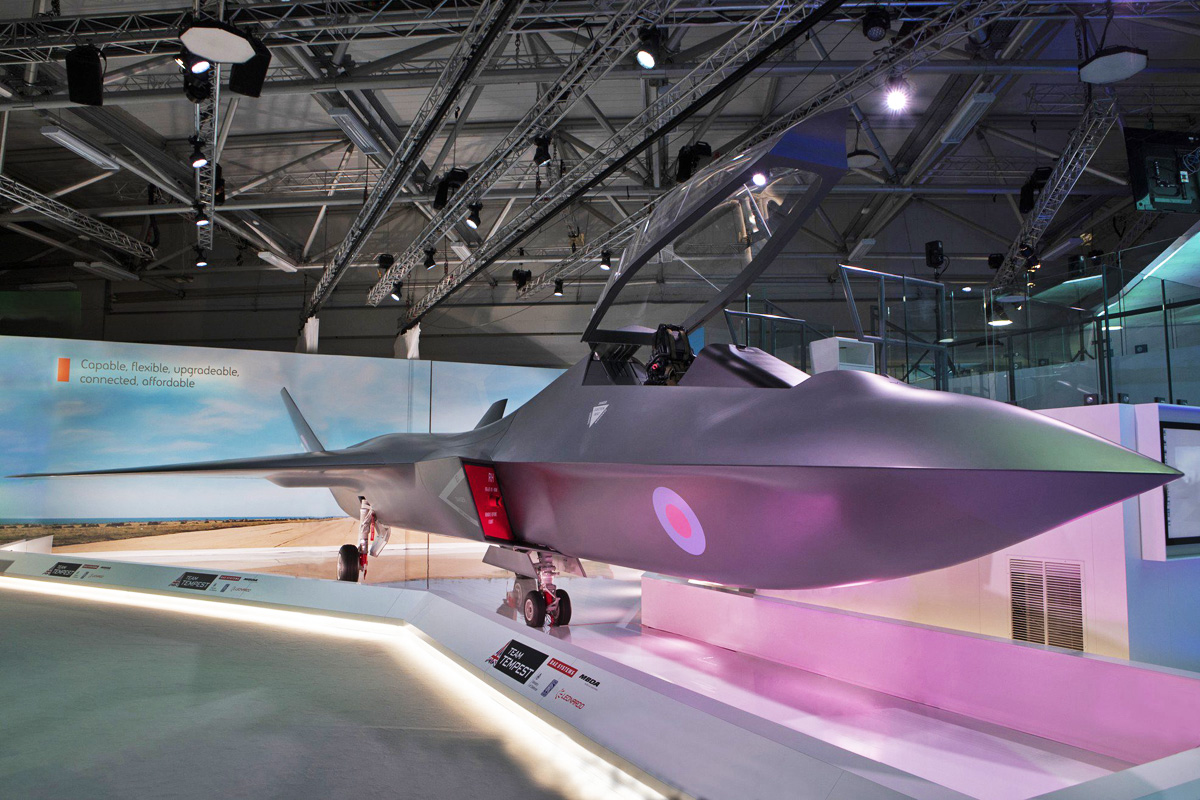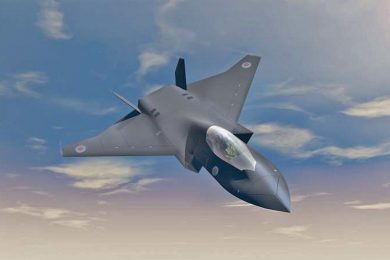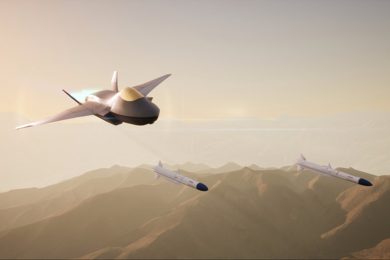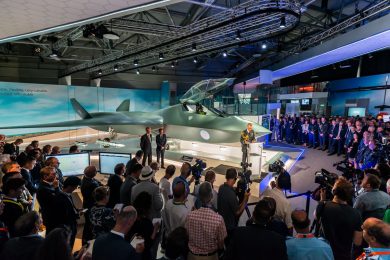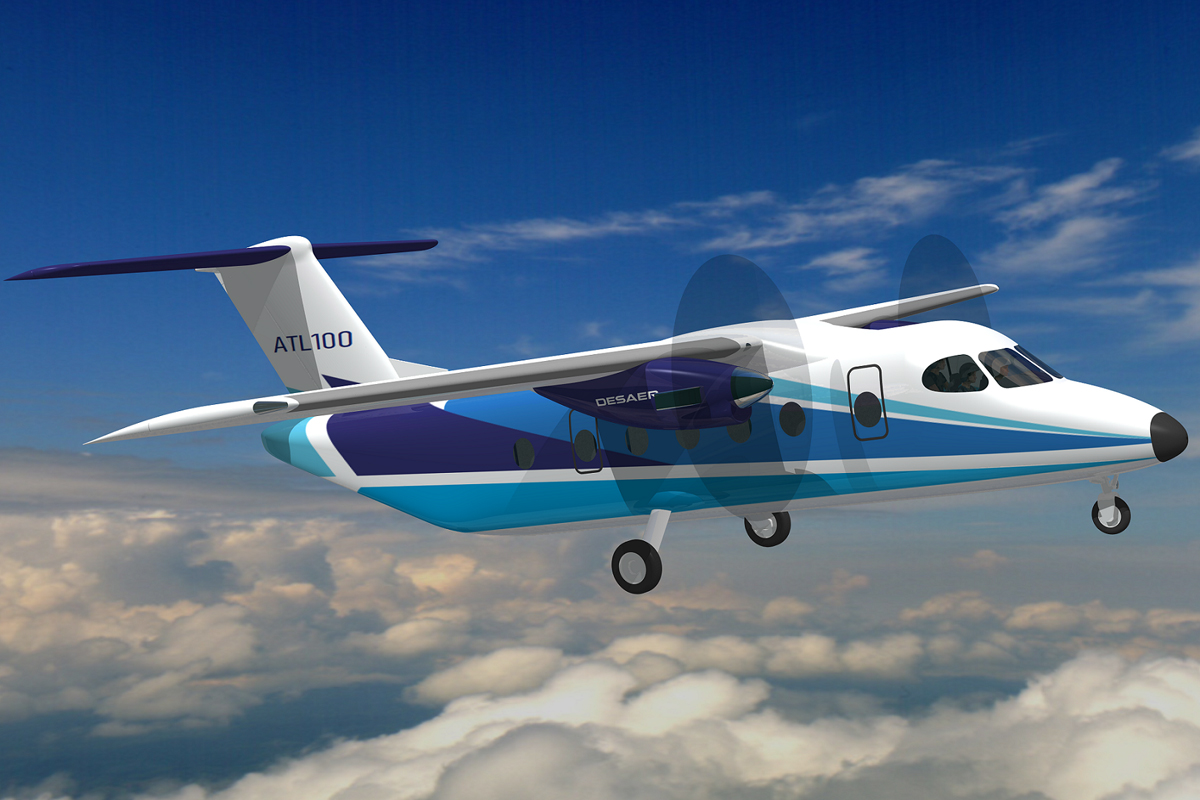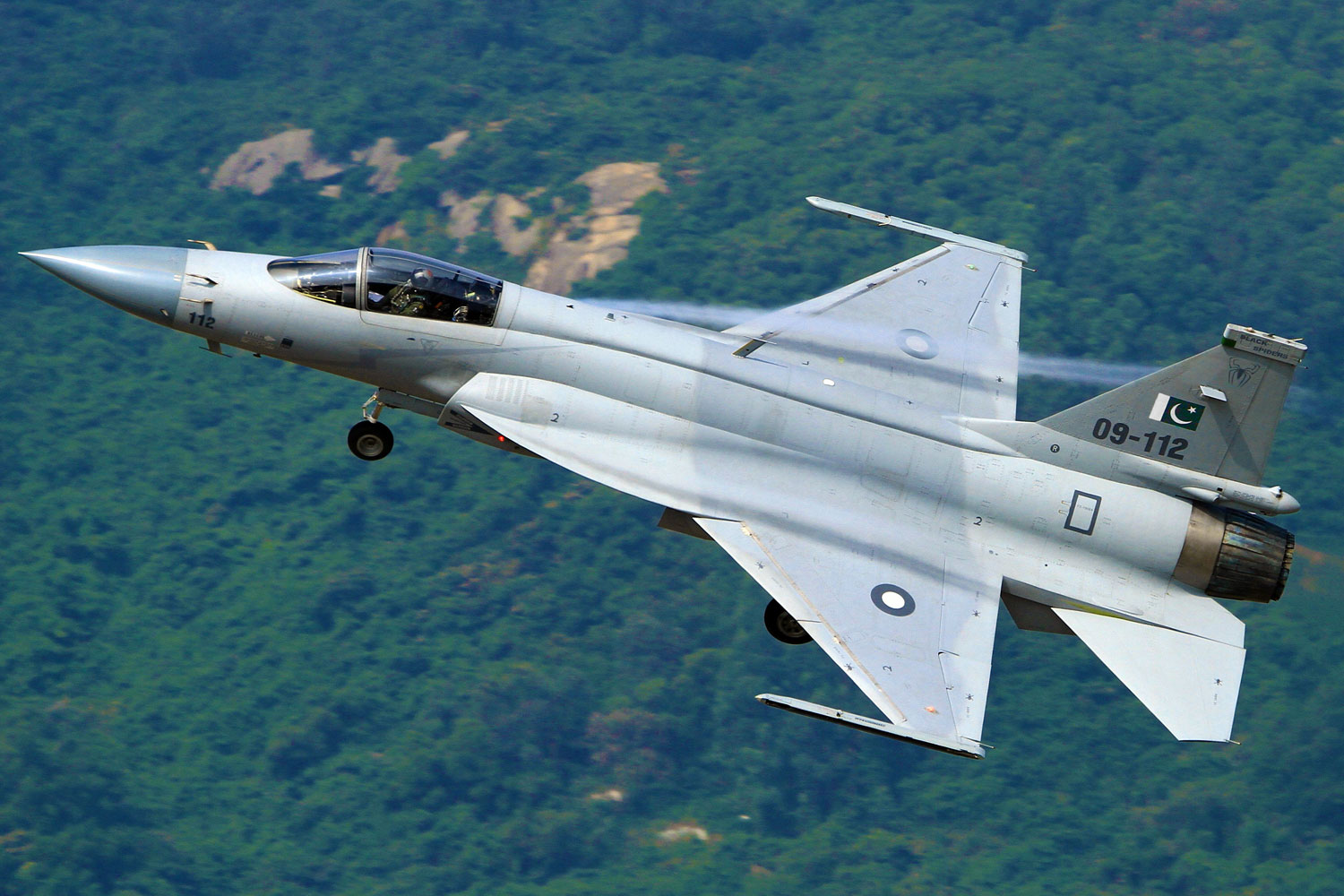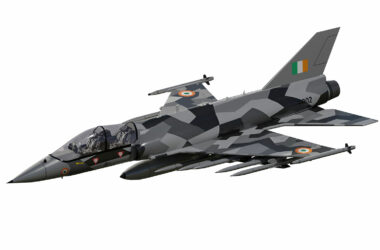The UK was responsible for creating some of the most famous fighters in history such as the Spitfire, Hunter, Hurricane and Tempest, but since the Harrier does not manufacture such a plane on its own. This scenario should change over the next decade with the Future Air Combat strategy presented at the opening of the Farnborough Air Show.
Faced with a full-scale mock-up of the 6th-generation fighter, the British defense secretary has anticipated plans to build a successor to the Eurofighter Typhoon fighter, which has been the country’s front line since 2003.
“We have been a world leader in the combat air sector for a century, with an enviable array of skills and technology, and this Strategy makes clear that we are determined to make sure it stays that way. It shows our allies that we are open to working together to protect the skies in an increasingly threatening future – and this concept model is just a glimpse into what the future could look like”, Defence Secretary Gavin Williamson.
Rescuing the name Tempest, a fighter used by England in World War II, the new aircraft will be developed by BAe Systems with support from Rolls Royce (engine), Italian Leonardo and missile manufacturer MBDA.
The concept presented at the show has stealth design like other models of the type, but without horizontal stabilizers or canards. It recalls the American F-22 Raptor from some angles but on a somewhat smaller scale.
It is in the technological package, however, that the project should stand out. The propulsion system will be adaptive and the pilot will wear a virtual cockpit helmet. It will have manned and unmanned versions plus a collection of advanced weaponry.
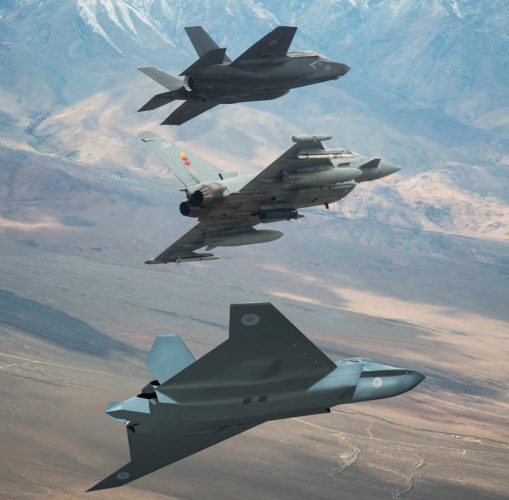
European fighter?
With operating horizon as of 2035, Tempest could receive the collaboration of other countries like Japan, Turkey, South Korea and Sweden and even with France and Germany, that already decided to develop their fighter together.
There is even hope that the two programs will eventually be merged, which would certainly reduce costs and boost production numbers, but it is not today that Europe is unsuccessfully trying to develop an integrated project. Usually some country ends up walking its own way. This was the case in the 1980s when the Eurofighter had competition from the French Rafale.
The end of the story ended with two planes with few clients external customers. May it be a lesson for this new generation of fighters.

